A Garden Fit For a King: An Introduction
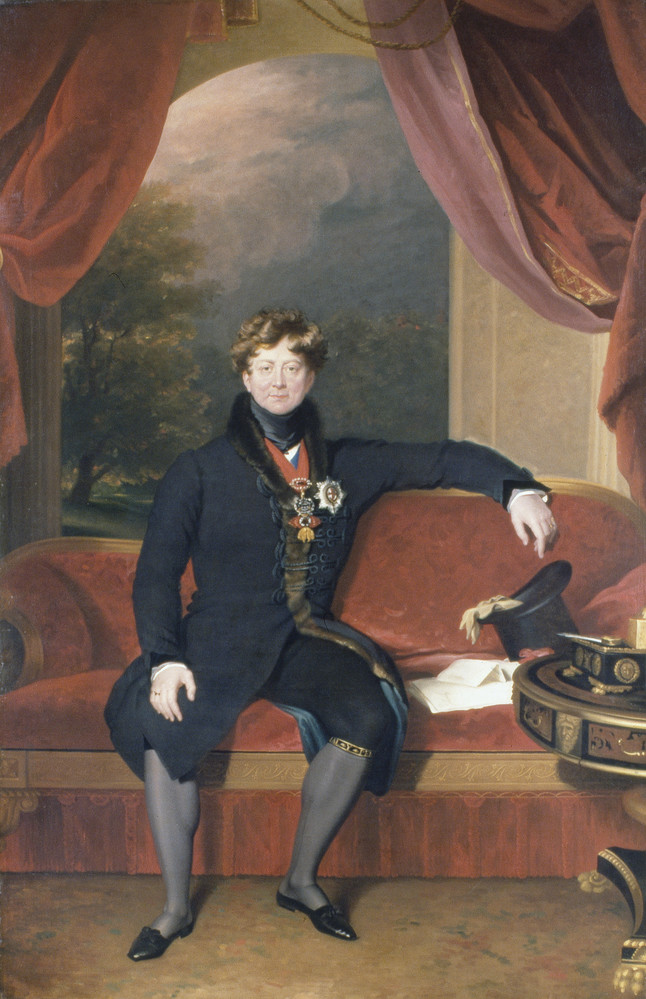
The Royal Pavilion Garden was created for George IV in the 1820s as a private pleasure ground and setting for the magnificent buildings of his Estate – the Royal Pavilion, Royal Stables (Brighton Dome) and Riding School (Corn Exchange).
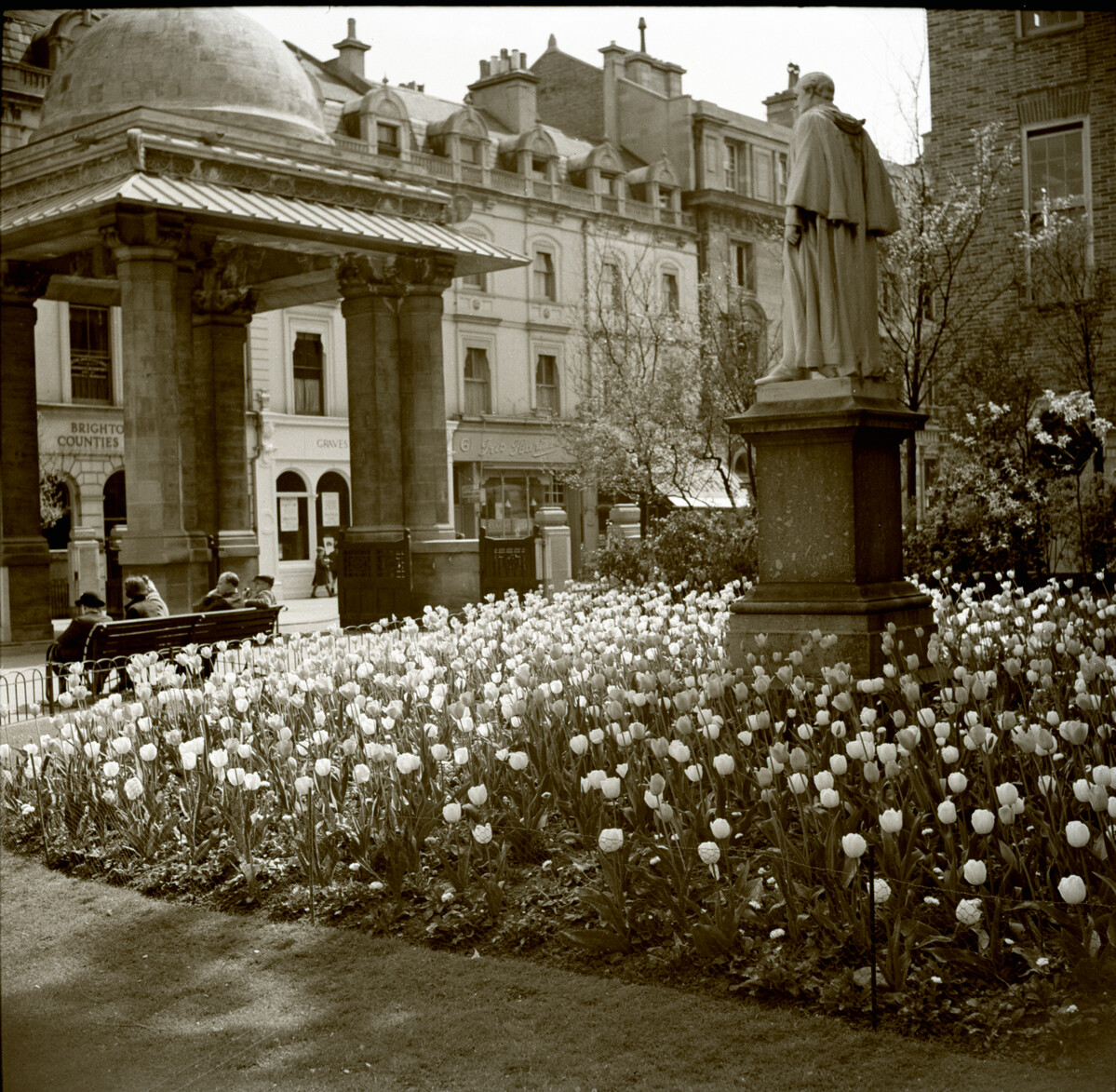
In 1849 the garden was opened to the public. Its eclectic use since then, notably by convalescing Indian and limbless soldiers during WWI, and for parades and performances, protests and celebrations, is as fascinating as its royal story. The Garden is Grade II listed and is one of the most important remaining Regency landscapes in the country.
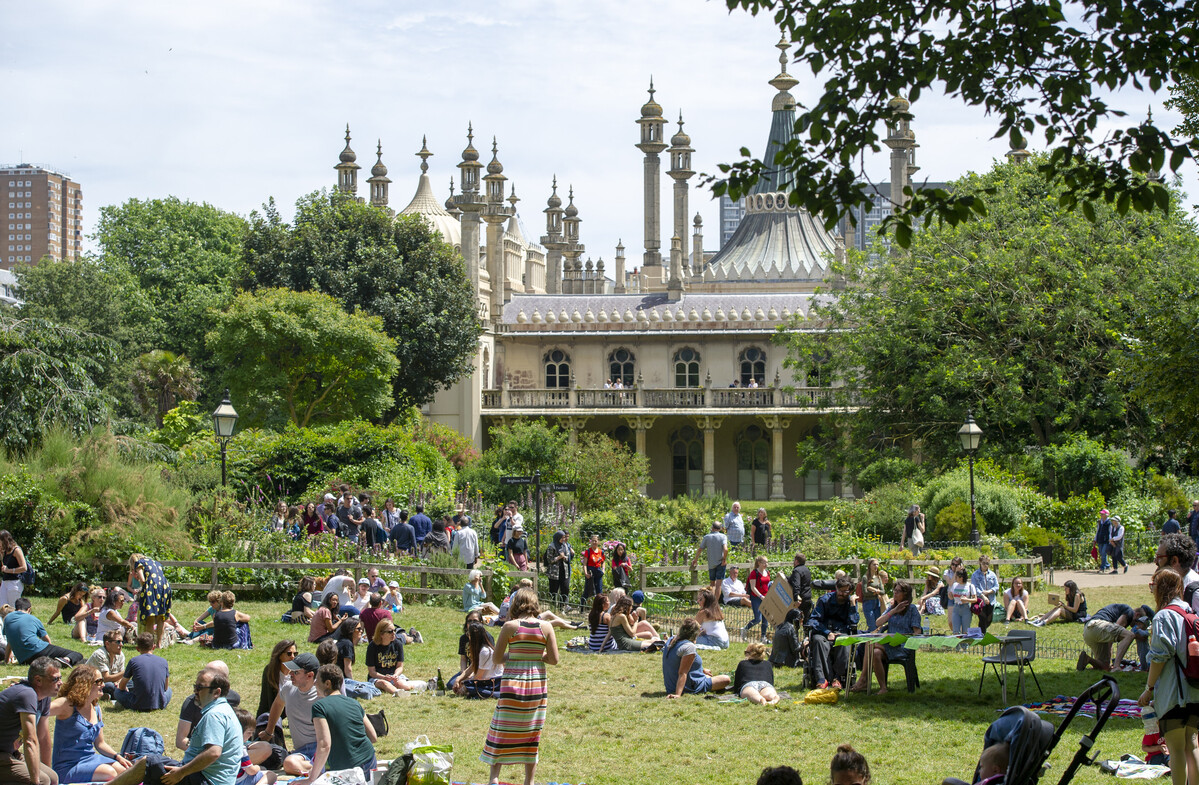
In 2017 the Garden was added to the Historic England ‘At Risk Register’ following concerns about high levels of visitor use and its historic character being lost. In 2019 Brighton & Hove Museums (B&HM) was awarded development funding from the National Lottery Heritage Fund (NLHF) to restore and enhance the Royal Pavilion Garden. The primary aims of the project are to preserve the important Regency landscape and to have the garden removed from the ‘At Risk Register’. Alongside this we aim to engage visitors better with the Garden by increasing learning opportunities in this space, improving access and developing ways in which visitors can engage with its history. This project will conserve one of the country’s most important Regency landscapes, the Royal Pavilion Garden, and transform the way we engage audiences with its heritage.
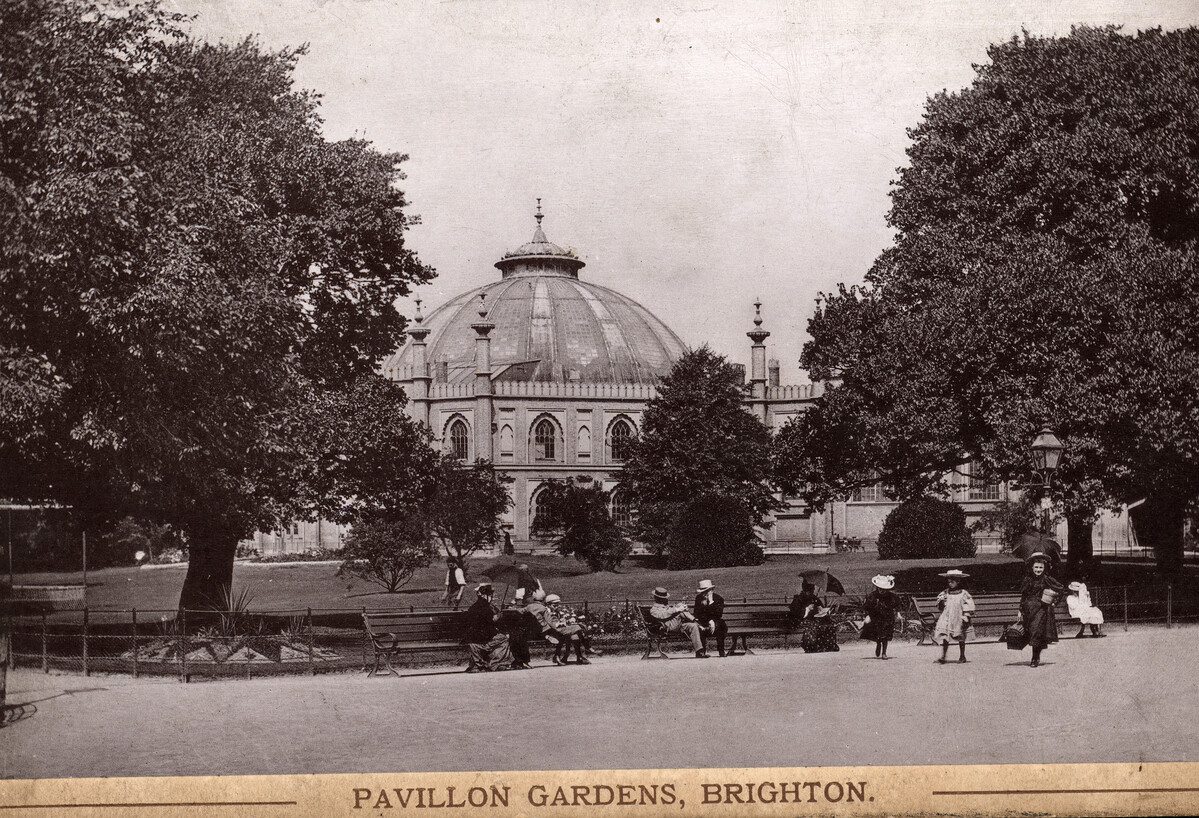
The project is part of a wider masterplan developed by Brighton & Hove City Council (BHCC) to enhance the Royal Pavilion Estate as a key cultural destination. Phase One of this plan is already underway and includes the refurbishment of the Grade I listed Corn Exchange and Grade II listed Studio Theatre. The garden restoration is Phase Two of these plans. Funding support for this project is also being provided by BHCC as well as fundraising initiatives led by B&HM.
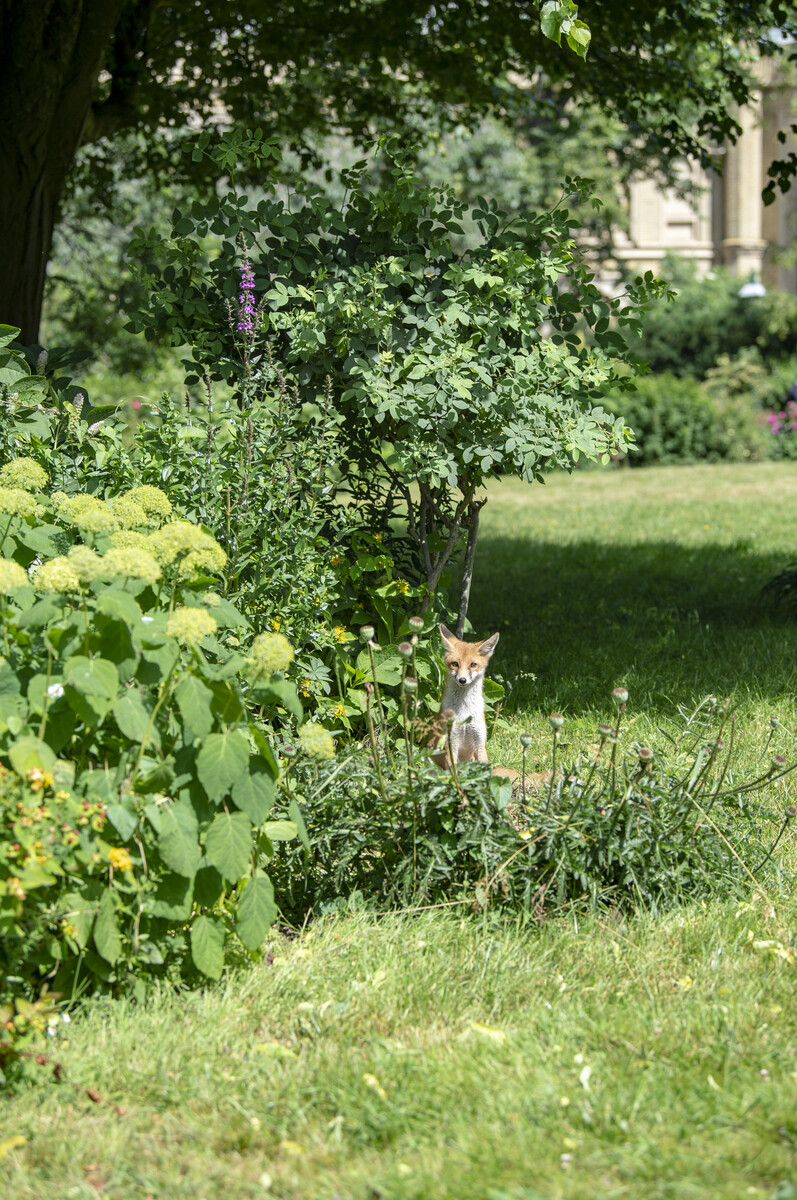
The development phase has enabled us to develop full plans for the delivery of the project starting with research into the historic archives relating to the garden along with additions to the Conservation Management Plan for this space. Several surveys are being undertaken, new and improved landscape designs developed, assessment of how the Garden will be managed and maintained in the future, as well as the development of interpretation and activities that will help people to engage better with this important landscape. Stakeholder consultation will also be carried out. As part of the landscape design we will be looking at the historic precedent of having a fence around the boundary so that we would be able to close the gardens at night which will not only help to reduce criminality and antisocial behaviour but will enable us to ‘rest’ the garden at night to encourage urban nature to succeed here.
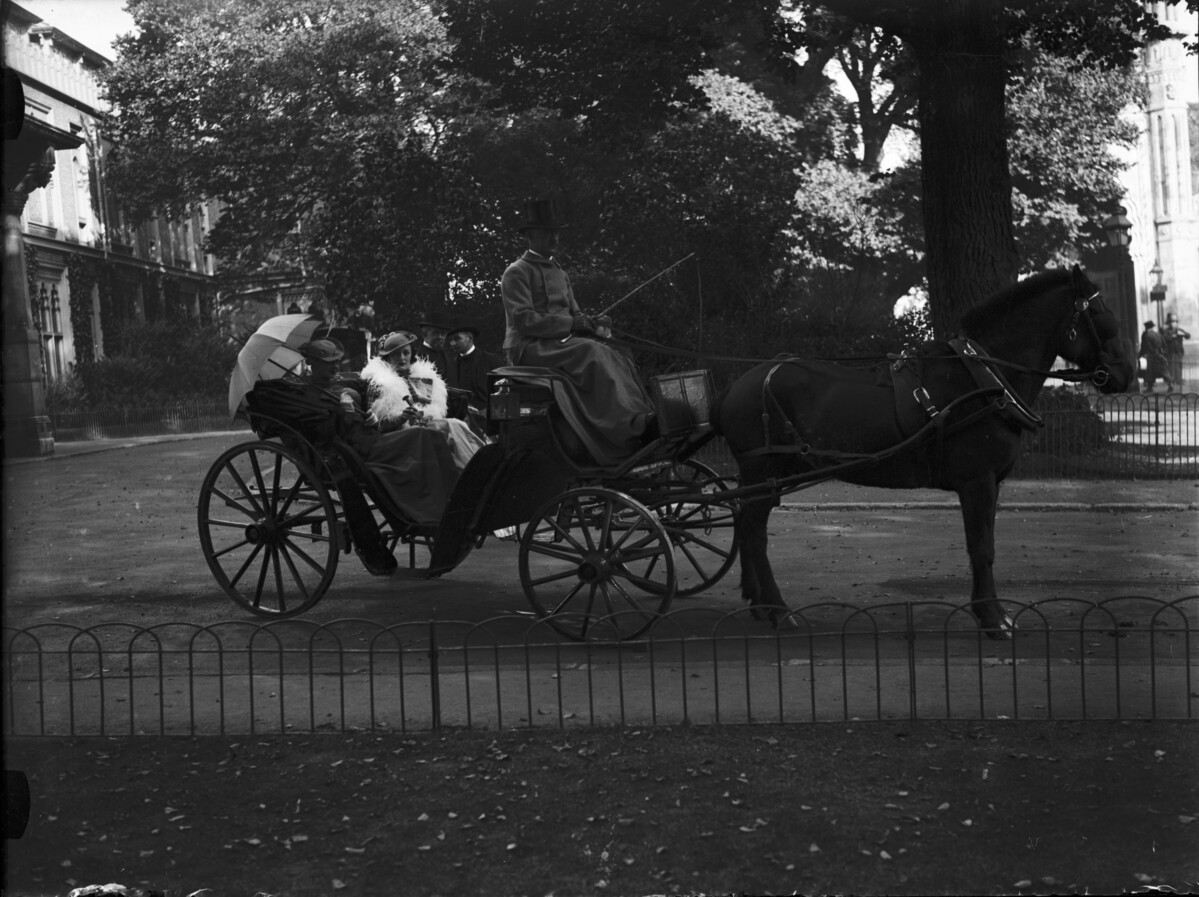
We are aiming to have these plans completed in spring 2023 when we will be submitting a full bid to NLHF to hopefully secure funding for delivering the main capital project. If we are successful with the Round Two bid to NLHF for delivery of the project, we will finalise the technical design, procure a landscaping contractor and then move to construction phase.

This project represents a fundamental shift in our approach to managing the Royal Pavilion Garden, treating and valuing it as one of our historic sites, alongside the Royal Pavilion and museums, and therefore investing in its conservation, interpretation and programming. As a result, more people will have the chance to discover the Garden’s heritage.